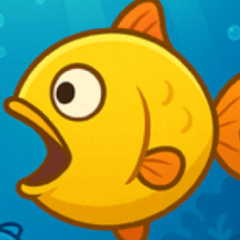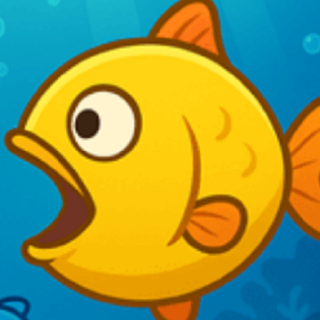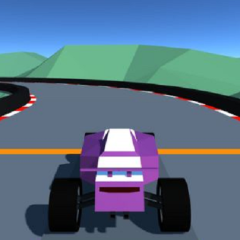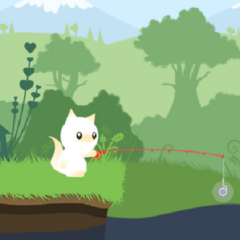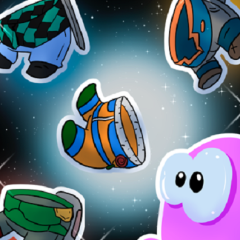Fish Eat Fish offers players a competitive underwater environment where survival depends on quick thinking and precise actions. The concept is straightforward: smaller fish must avoid being eaten while trying to consume even smaller creatures to grow. Each decision has weight because moving too close to a predator can instantly end the attempt. The thrill comes from constantly balancing danger with opportunity as the player’s fish develops through stages of growth.
Gameplay Mechanics
At the beginning, the player controls a very small fish with limited options. The key objective is to remain alert and avoid larger threats while slowly building size by eating smaller fish. Movement speed, positioning, and awareness of the environment play crucial roles in staying alive. As the fish grows, new opportunities appear, letting the player challenge mid-sized opponents that were previously too risky. This constant shift in who is predator and who is prey forms the central dynamic of Fish Eat Fish.
Strategies For Success
Progression depends on avoiding danger and on using the environment intelligently. Players quickly learn that patience often brings better results than rushing into battles. Taking time to observe the movement of enemies creates safer opportunities to strike. Timing attacks becomes critical once rivals of equal size appear, as these encounters require both precision and confidence.
Key approaches include:
· Prioritizing safety over fast growth early in the game
· Watching predator patterns before making moves
· Targeting isolated small fish instead of groups
· Adapting strategies as the fish grows larger
· Staying on the move to avoid becoming easy prey
Replay And Challenge
Each new session of Fish Eat Fish brings different challenges, as the placement of fish and predator behaviors vary. This unpredictability gives the game replay value, keeping players engaged even after many attempts. The difficulty gradually increases as survival becomes less about hiding and more about actively competing with other large fish. The transition from vulnerable to dominant creates a natural sense of progression that keeps players motivated.
Fish Eat Fish demonstrates how simple mechanics can provide a deeply engaging experience. The cycle of survival, growth, and eventual dominance offers constant tension and reward. While some sessions may end in quick defeat, the lure of improvement and the possibility of becoming the largest fish in the sea encourage repeated play. The combination of risk, strategy, and evolving challenges ensures that Fish Eat Fish remains enjoyable across many playthroughs.

